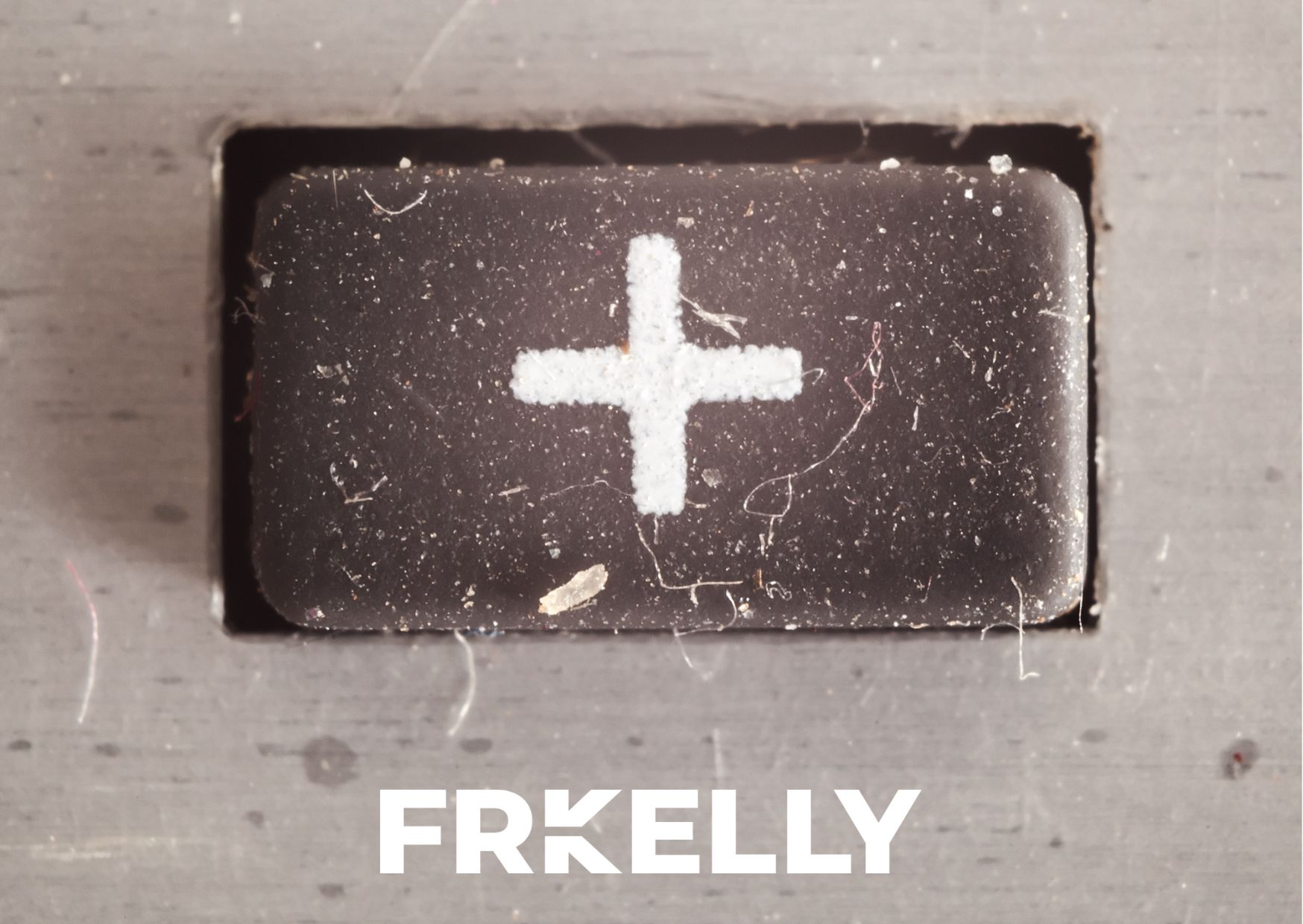EUTM Invoice Scams: German Courts deliver judgement against fraudsters
24th October 2024

On 29 March 2023 the General Court issued its decision in Plusmusic AG v European Union Intellectual Property Office (EUIPO)(Case T‑344/21).
Background
In November 2017 Plusmusic AG (‘the applicant’) sought to register the figurative EU trademark depicted below for goods/services under Classes 9, 11, 25, 35, 38, 41 and 42:

Groupe Canal+ (‘the intervener’), the French media company, opposed this application based on the French figurative mark depicted below (No 3636873), covering Classes 9, 25, 35, 38, 41 and 42:

The Opposition Division of the EUIPO rejected the opposition in its entirety. The intervener appealed. The Board of Appeal of the EUIPO partially upheld the opposition on the basis of Article 8(1)(b) of Regulation 2017/1001 with respect to all of the goods/services in Plusmusic’s application, except for “retailing and wholesaling in relation to cleaning and care preparations”(Class 35), which it found to be dissimilar.
Appeal to the General Court
The applicant appealed to the General Court, primarily seeking an annulment of the Board of Appeal’s decision in upholding the opposition. The EUIPO and the intervener sought to dismiss the action by the applicant.
The applicant relied on a single plea in law, claiming infringement of Article 8(1)(b) of the regulation. The plea was divided into three parts:
Decision
Incorrect visual comparison of the signs at issue
The applicant claimed that the Board of Appeal had completely ignored the low distinctive character of the element ‘+’ in the visual comparison of the signs, and had not given much weight to the existence of the sign ‘+’ in the mark applied for when carrying out the phonetic comparison. The court, in considering the Board of Appeal’s findings, held that the applicant’s argument that the Board of Appeal had applied different criteria when comparing visually, on the one hand, and phonetically, on the other hand, was unfounded. While it was true that the element ‘music’ is larger than the element ‘+’, the applicant had failed, the court felt, to explain why the difference in size between the two elements of the mark applied for would make the element ‘+’ negligible, given that its size is not insignificant and it is placed at the beginning of the mark applied for.
Error in the assessment of the distinctive character of the earlier mark
This argument was also rejected by the court. In the contested decision, the Board of Appeal had concluded that the earlier mark had acquired a high degree of distinctiveness through use. It relied on evidence that was adduced by the intervener demonstrating that use of the earlier mark had been intensive and lasted for several decades. In particular, the fact that the intervener had approximately 10 million subscribers throughout Europe, with its main customer base in France, was clear indication that the earlier mark containing a ‘+’ had acquired a high level of distinctiveness through use, considering that a significant percentage of the French population received television entertainment through the intervener’s services. In order to establish the highly distinctive character of the earlier mark, the Board of Appeal also referred to market surveys that were carried out in 2006, 2007, 2014 and 2017, the last one being carried only six months prior to the filing date of the applicant’s mark. The court considered that the applicant’s arguments in relation to the surveys were not convincing, stating as follows:
“Accordingly, on the basis of those surveys in conjunction with the multitude of other evidence adduced by the intervener across 102 annexes, the Board of Appeal was entitled to conclude, in Paragraph 143 of the contested decision, that the evidence adduced showed that the use of the earlier mark had been intensive and had lasted for several decades.”
In addition, the applicant was not able to substantiate its assertion that the surveys submitted by the intervener were not representative.
Error in the assessment of the likelihood of confusion
This argument was partially upheld. The court held, as regards the goods/services in Classes 11, 25, 35, 37 and 42, that the Board of Appeal had erred in finding that there was a likelihood of confusion without carrying out a global assessment taking into account the fact that enhanced distinctiveness acquired through use could not be found in respect of those goods and services. However, for the goods and services at issue in Classes 9, 38 and 41, the court upheld the Board of Appeal’s reasoning in its global assessment and concurred with the finding of a likelihood of confusion.
Comment
This case is particularly interesting as it involved a comparison between two figurative marks, one of which consists of the ‘+’ sign. On the face of it, the ‘+’ sign mark is arguably of a low level of distinctiveness. However, due to its extensive use, which was recognised to have spanned decades, the mark had gained an enhanced scope of protection and enhanced distinctiveness. The decision also gave consideration to the use of survey evidence, which seems to have been positively regarded by the court in this instance. Importantly, the court reinforced the principle that “it does not follow that the protection of a mark which has an enhanced level of distinctiveness acquired through use vis-à-vis certain goods and services which it covers must be extended to all the goods and services for which it has been registered”.
This article first appeared in WTR Daily, part of World Trademark Review, in April 2023. For further information, please go to www.worldtrademarkreview.com.
